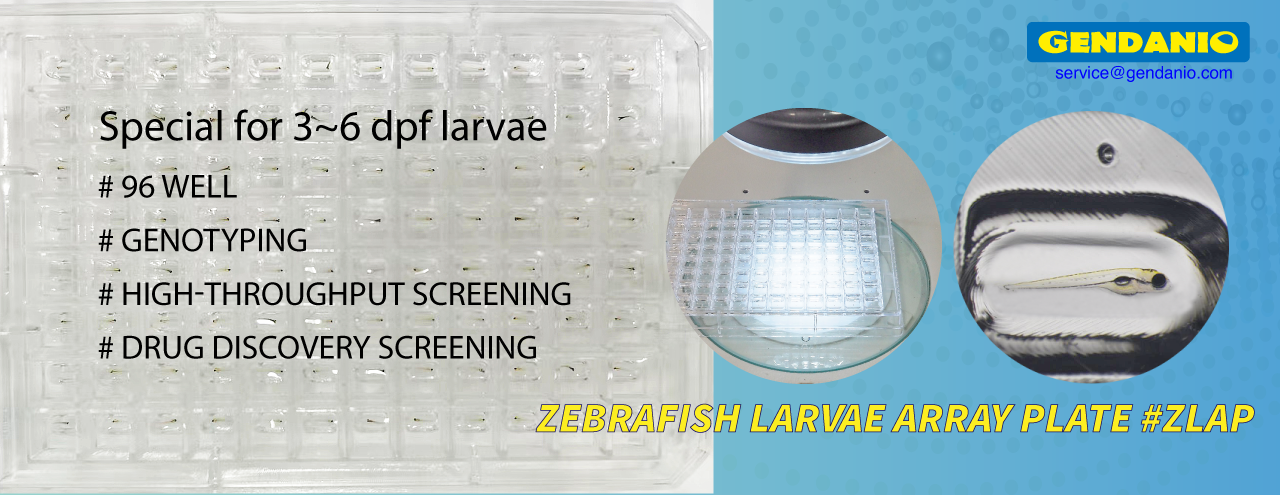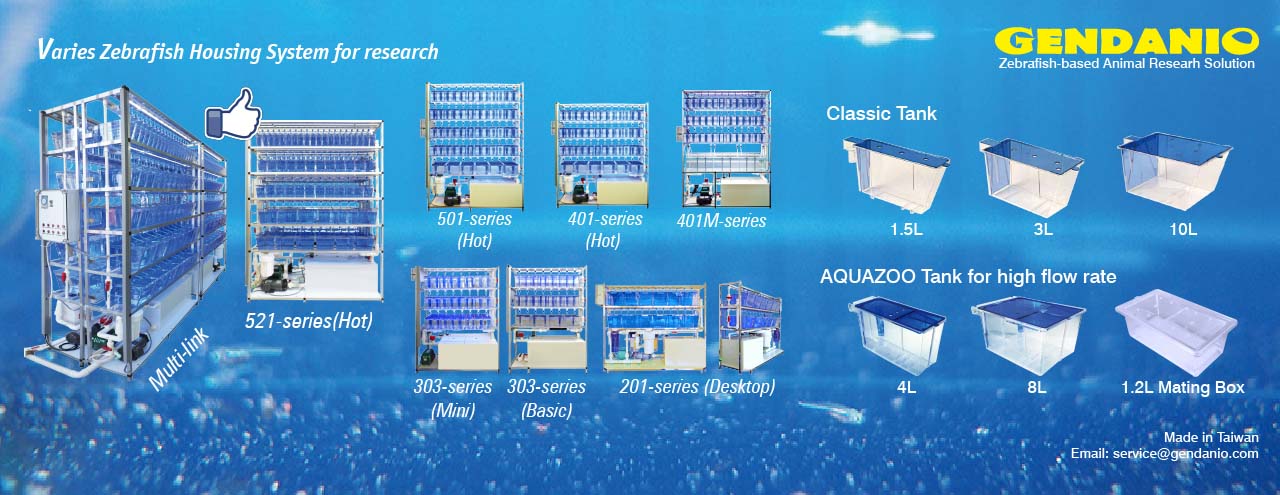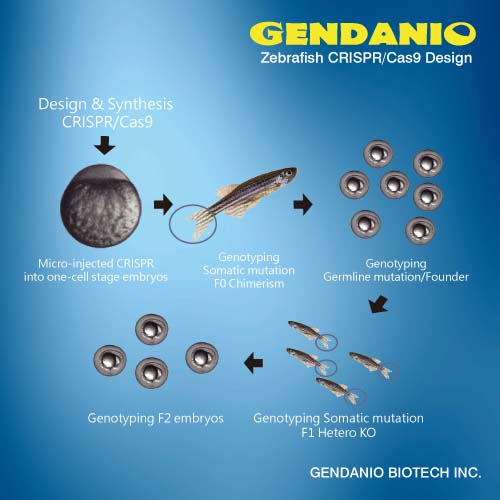ScienceDaily (Sep. 26, 2009) — Since the human response to infection is highly complex, research to understand how people fight infection is facilitated by studying how similar processes occur in simpler organisms. Zebrafish are becoming an important model for human disease, since they are easily handled, maintained and manipulated and many fundamental processes between zebrafish and humans are conserved. In addition, the small zebrafish embryo is highly amenable to drug screening assays.
The functional similarity between the initial responses of zebrafish embryo and humans to infection suggests that the zebrafish embryo may be a valuable model for understanding early immune responses and identifying potential therapeutics for infection or immune mediated disease. However, the initial response of zebrafish to infection and how it compares to the human response is not well understood.
When humans first encounter germs, like viruses or bacteria, the first stage of a two-part inflammatory response is triggered, which is termed the innate immune response. During this early phase, proteins are made around the site of infection to initiate the body's defense system and to recruit circulating immune cells, which begins the inflammatory process. A family of proteins that are critical to instigating the immune response are the interferons (IFN), particularly IFN-γ.
Scientists now report that IFN-γ is also produced in zebrafish embryos when they are exposed to bacteria that cause disease in fish. These studies use developing zebrafish embryos whose response to infection is isolated to the innate immune response. Since the zebrafish embryo only demonstrates innate immunity, it allows for specific study of the effects of IFN-γ on these early events. This study demonstrates that both zebrafish and human IFN-γ proteins function in much the same way, despite having very distinct protein structures. In both zebrafish and humans, IFN-γ triggers the production of an array of proteins that rally the defense mechanisms of the infected cell and activate the immune system. They also found that compromising the ability of the zebrafish embryos to produce IFN-γ impairs the fish's ability to survive infection. Thus, the zebrafish embryo may provide a very simple model to understand the innate immune response.
Interestingly, large quantities of bacteria, which would cause septic shock -- a potentially fatal condition -- in humans, do not elicit the same response in zebrafish. This suggests that some key differences between the immune systems of zebrafish and humans may also provide insight into harmful events associated with inflammation.
The characterization of IFN-γ function in zebrafish is presented in an article appearing in the November/December 2009 issue of the new research journal, Disease Models & Mechanisms(DMM), published by The Company of Biologists, a non-profit based in Cambridge, UK.
Source: ScienceDaily
























